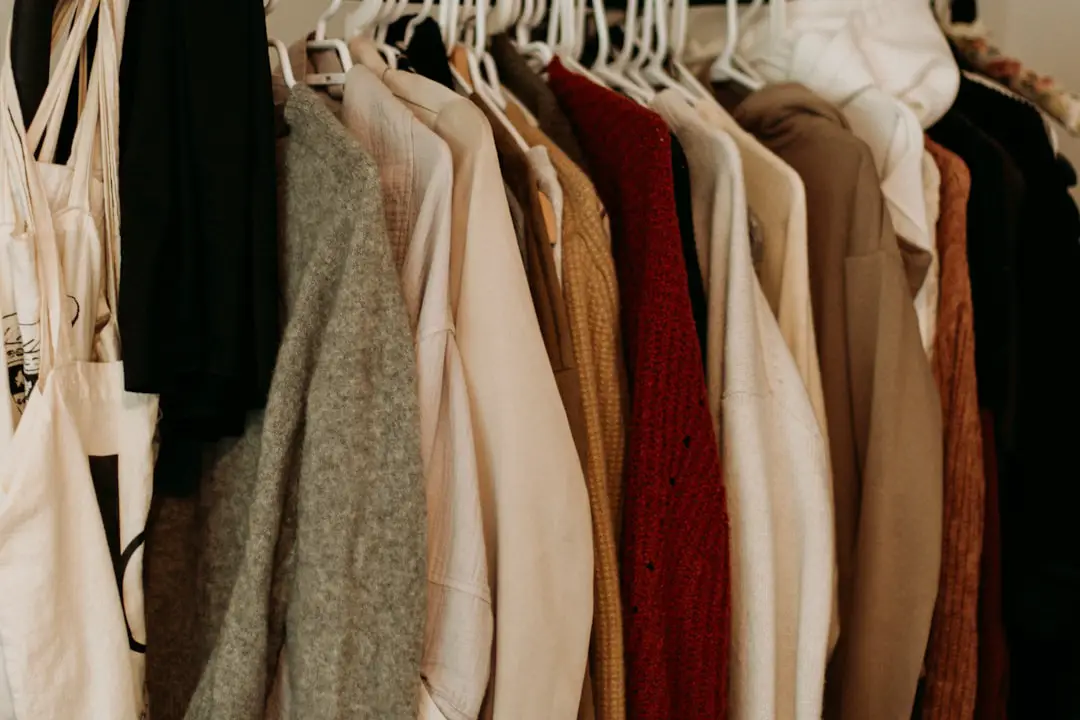Stitch Fix has revolutionized personal styling by combining the power of artificial intelligence (AI) with the insights of human stylists to deliver curated fashion choices directly to customers’ doors. While the service can be incredibly convenient and enjoyable, it doesn’t always hit the mark. Many users report mismatched styles, questionable fits, or repeated items that don’t reflect their preferences. Understanding the common pitfalls of Stitch Fix’s AI and learning how to fine-tune your style profile can make the experience far more satisfying.
TL;DR (Too Long; Didn’t Read)
Stitch Fix’s AI sometimes struggles with accurately interpreting user preferences, especially when style profiles are incomplete or vague. Repeated items, poor fits, and seasonal mismatches are common issues. Fortunately, users can greatly improve their experience by updating feedback, refreshing the style quiz, and being highly specific with profile data. Taking a few extra moments to fine-tune your input can lead to better boxes and happier styling outcomes.
Common Issues with Stitch Fix AI Recommendations
Like any algorithm-based system, the Stitch Fix AI isn’t flawless. Here are the most common issues customers face:
1. Inaccurate Style Matches
One of the most frequent complaints involves receiving items that feel completely off from the user’s fashion sense. For example, someone with a casual, minimalist wardrobe might receive loud prints and trendy accessories that don’t fit their personality.
This often happens because the algorithm weighs early style quiz responses heavily or misunderstands specific preferences due to vague answers.
2. Poor Fit and Sizing Problems
Even though Stitch Fix asks for size and body shape details, many users report clothes arriving that are too tight, too loose, or just oddly proportioned. The algorithm uses aggregated data, but doesn’t always account for personal variations like proportions, posture, or unique body types.

3. Repeated or Similar Items
Another issue is receiving duplicate items across shipments—multiple striped shirts, too many jeans, or similar types of blouses. This indicates the AI hasn’t diversified suggestions enough or is over-prioritizing certain tags linked to previous feedback.
4. Misinterpretation of Feedback
The feedback loop—a core feature of Stitch Fix—isn’t always interpreted correctly by the AI. When users say they disliked an item “because of the color,” the system might dismiss the entire style, not just that particular shade, leading to fewer related items in the future that might have worked better in a different tone.
5. Seasonal Inconsistencies
Receiving sweaters in July or tank tops in November can be frustrating. The Stitch Fix AI sometimes focuses on style preferences more than seasonality, especially if the user hasn’t specified preferences for certain months or climates.
How to Adjust Your Style Profile for Better Results
The good news: Many of these issues can be mitigated or fully resolved by taking control of your style profile and providing better data inputs to the algorithm. Here’s how:
1. Re-take the Style Quiz Regularly
As personal style evolves, your style quiz needs to evolve too. Stitch Fix allows you to re-take or edit the quiz anytime. Doing this every few months or after major life changes (like a new job or weight fluctuation) helps improve the relevance of AI recommendations.
2. Be Detailed in Feedback
When returning an item, include highly specific comments. Don’t just write, “Didn’t like it.” Instead, say, “Too boxy in the shoulders and the fabric felt scratchy.” This helps the AI and human stylists differentiate between style, material, fit, and overall comfort.
3. Update Style Preferences and Pinned Items
Stitch Fix allows users to ‘pin’ styles they like and select preferences (e.g., business casual, athleisure). Continually updating this helps the algorithm adjust to new fashion interests. Make sure your pinned items truly reflect what you’d wear day-to-day—not just what looks great in photos.

4. Be Honest About Budget Constraints
If you continually receive items outside your price range, double-check the budget ranges in your profile. Make sure every category (tops, bottoms, outerwear) has a preferred spending limit. This helps the AI filter out items before adding them to your box.
5. Leave Notes for Each Fix
Each time you order a Fix, there is a note space to leave messages for your stylist. Use this feature! Indicate upcoming travel, weather changes in your area, or a specific outfit need like “work event.” The AI passes this data along, influencing selections beyond what’s in your static profile.
Advanced Tips for Power Users
If you’ve already tried the above and still aren’t impressed with your Fixes, dig deeper with these tips:
- Track what you keep: Look for style and fit patterns in items you decide to keep. This information can guide your notes and profile decisions.
- Schedule Fixes with intention: Plan box shipments around actual wardrobe needs or events to give better contextual cues to the AI.
- Request specific items: If you see something in Stitch Fix’s social media, blog, or from other users, mention it by name. The stylist and AI will attempt to locate that specific piece or something similar.

Conclusion
Stitch Fix blends AI efficiency with human curation, but that balance is only as strong as the data fed into the system. When users take the extra time to provide clear, detailed, and evolving preferences, the recommendations can become significantly more accurate and satisfying. Whether it’s refining your feedback or updating your style quiz regularly, a proactive approach leads to a wardrobe you’ll love—box by box.
FAQ
- Q: Can I completely turn off the AI and just use a human stylist?
A: No, the system relies on AI to narrow down options before a stylist makes the final selection. However, more detailed notes can influence the stylist’s decisions and reduce AI mismatches. - Q: How often should I update my profile for the best results?
A: Ideally, update your profile every 3–6 months or any time your lifestyle, body shape, or fashion preferences change dramatically. - Q: Why do I get repeats even after disliking similar items?
A: The AI may misinterpret feedback, especially if the reason for disliking the item wasn’t specific. Always include detailed notes to clarify what aspects didn’t work. - Q: What’s the best way to avoid seasonal mismatch in boxes?
A: Leave seasonal notes in each Fix request and keep your shipment calendar aligned with the actual weather in your region. Updating location and climate info also helps. - Q: Can I send inspiration photos or outfit ideas?
A: While you can’t upload images directly, referencing social media posts or describing items in detail helps shape styling decisions. Use Pinterest boards or links if possible.

